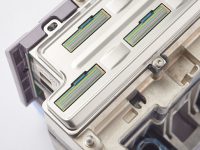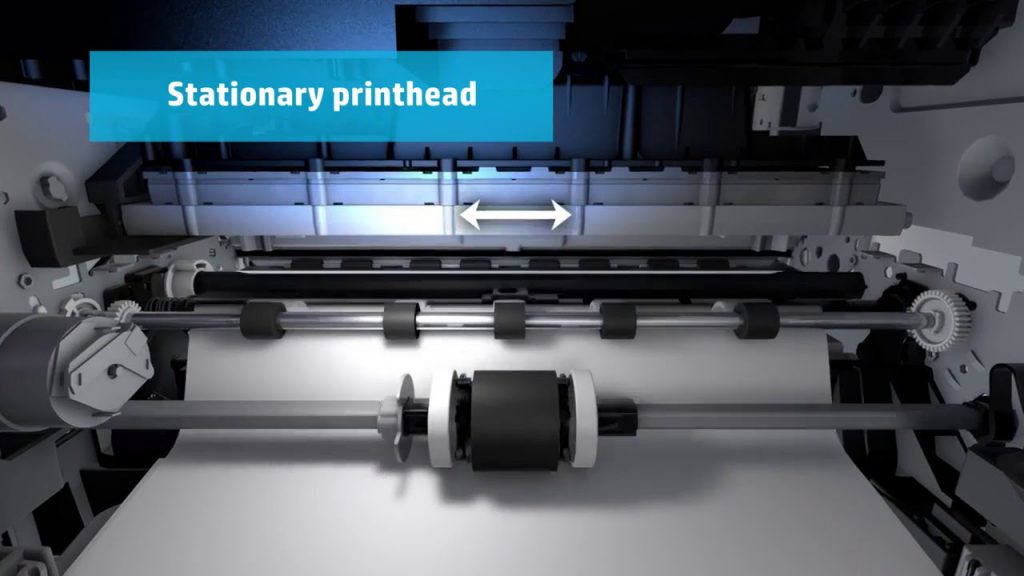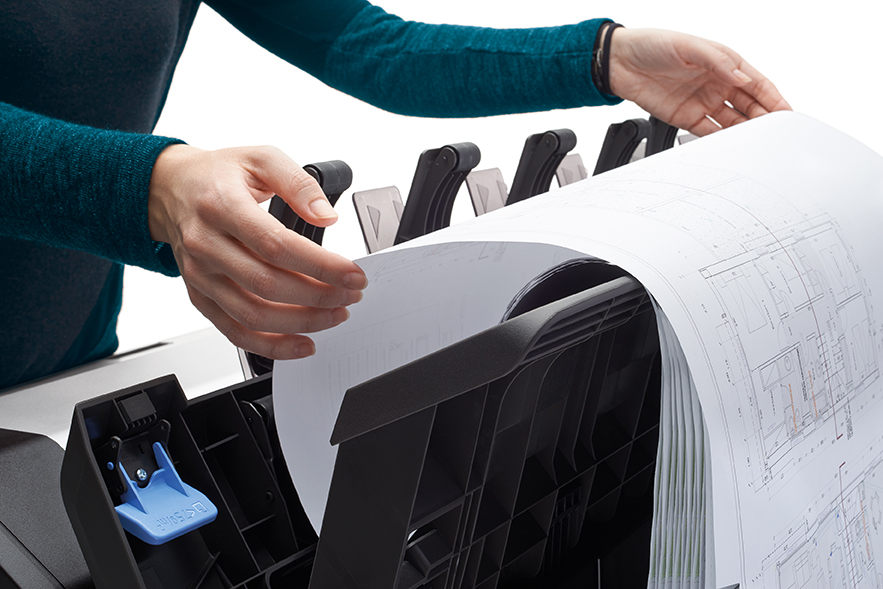 HP PageWide printing technology could very well be the beginning of the end for traditional toner-based print systems.
HP PageWide printing technology could very well be the beginning of the end for traditional toner-based print systems.
This article is written to help design professionals understand why HP’s PageWide process is the most transformative innovation in wide format in 20 years.
Feeling the Heat?
Traditional, toner-based LED printers must generate high temperatures as part of the process to adhere the image to the photoreceptor drum.
Ever notice how long it takes for your system to warm up? On average, about 6 minutes. Does your Xerox, Ricoh or KIP system keep your office toasty warm in the winter and uncomfortably hot in the summer?
Some systems run so hot, especially toner-based color printers, that the unit has to cool down for several minutes before paper jams can be cleared.
Air quality should also be considered here. The toner-based process creates ozone emissions. Ever notice a metallic odor when the printer is operating?
HP PageWide printers generate zero heat. A static array of user-replaceable print heads transfer the image instead of a drum.
Why is this important?
Continuous heat on mechanical components causes excessive wear and premature failure. A common repair for toner-based printers is the replacement of a drum by a service technician.
Conversely, with PageWide, the user simply replaces one of the print heads when the printer notifies them to do so.
Because HP PageWide uses no heat, energy consumption is 50% less than toner-based printers. And, you don’t have to wait for the system to cool down to correct a paper jam.
You also don’t have to wait for the system to warm up. Imagine being able to print between 48 and 180 drawings in the six minutes it typically takes for a toner-based printer to print the first page.
In conclusion, HP PageWide technology makes an enormous impact in terms of a healthier office environment, reduced downtime, increased productivity and lower cost of operation.
Print away!







